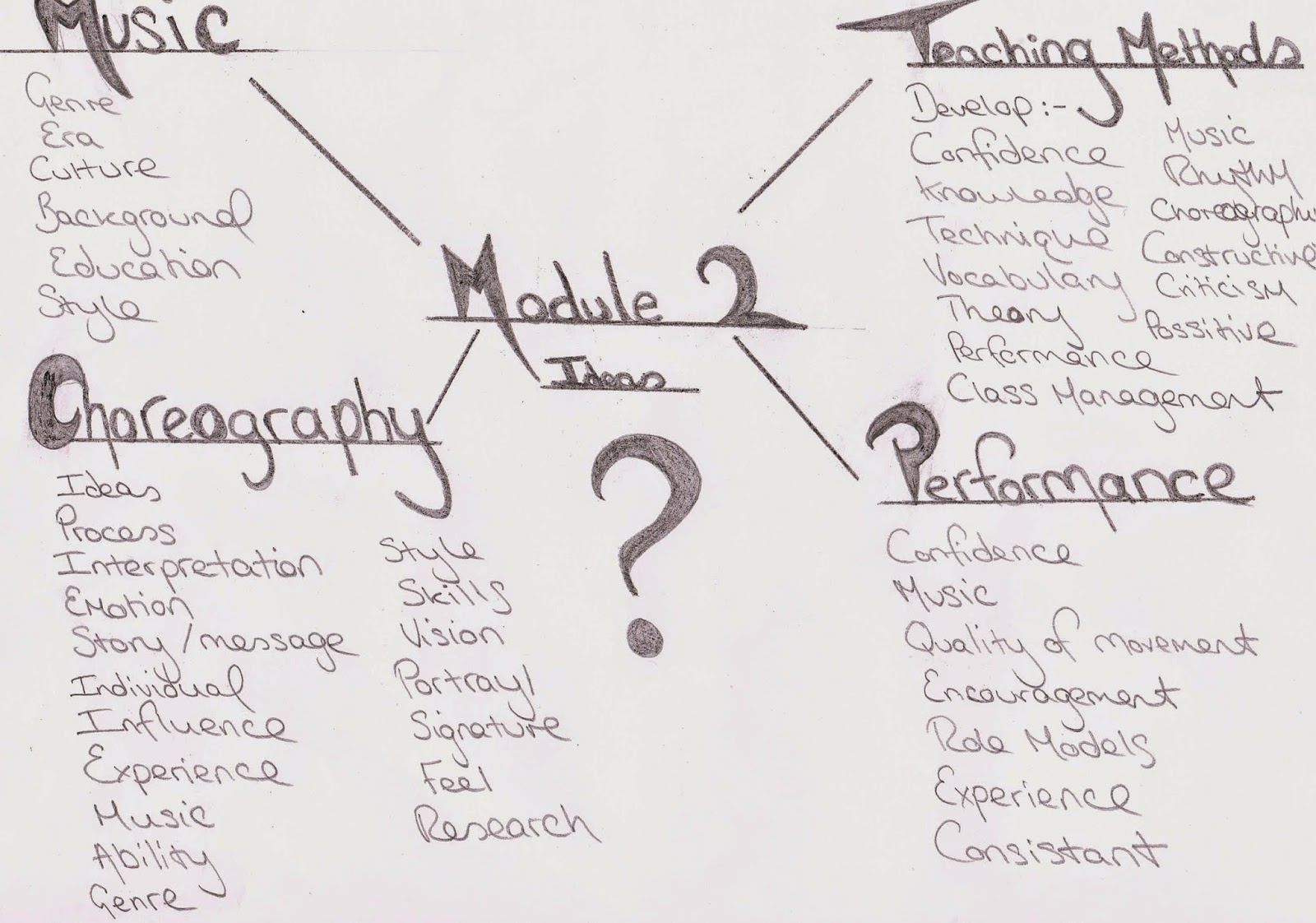As a student I commonly experienced intense anxiety when
taking my graded dance examinations, disallowing me to perform at my best. I
would worry so much about doing everything correctly that I would forget simple
exercises I had practised hundreds of times. This crippling pressure to get
good results and do everything perfectly lead to performance worse than me on a
bad day (I am overly self-critical), so frustrating when I knew I could do better.
Little mistakes on things I knew so well left me feeling angry and disappointed
with myself, I would often walk into the exam and suddenly forget the plies, the
exercise I should know the best! I’m sure I’m not alone in remembering that
feeling of dread when the examiner would announce it was time for the rhythm
section in Modern or Tap, why is it that I have suddenly forgotten how to count
up to eight?!
Such pressure I feel particularly affected my level of
artistry, that final layer of presentation and personality that gives life to
movements through expression. With such focus on remembering the exercises and
demonstration of good technique even smiling was hard as my mouth would shake
with fear. Throughout the barre section of ballet exams (what a cunning
invention, so thankful to have something to hold onto!) I would feel the initial
panic disperse as I made my way through those familiar exercises I had spent
months perfecting. However throughout the exam anxiety would cause tense
shoulders and shallow breathing, making it impossible for me to dance with my
usual softness, poise and expression.
I have taken many exams over the years as a young student, a
vocational student and then as a teacher, I don’t think the exams I took as a
dancer ever got any easier as the higher the exam, the greater the pressure. My
practical teaching exams – ISTD Foundation in Dance Instruction and Certificate
in Dance Education (Imperial Classical Ballet, Modern Theatre and Tap Dance) actually
did get easier over time. I took a total of six exams altogether as well as a
practical teaching assessment with an outside moderator (very scary).
The night before my first practical teaching exam (FDI
Imperial Ballet) I had trouble sleeping with so much information whizzing round
my head and the anticipation of what I could potentially be asked. I think my
biggest worry was that I would walk in and suddenly forget my own name! This of
course didn’t happen, the examiner was perfectly lovely and did her best to
relax and encourage me. I found that the exam was more of a formal professional
discussion alongside demonstration of syllabus knowledge and skills in choreography.
My final exam (CDE in Tap) I don’t recall being nervous at all as I knew what
to expect having been through the process many times I was therefore calm and
confident.
Now that I am a teacher I try to reassure my students as
best I can, I tell them that the hard work is done and to enjoy showing it off,
the examiner is on your side and nerves help you do your best. I find myself feeling
nervous for them as I don’t want them to be overly self-critical as a result of
nerves, you can guarantee afterwards they will list what went wrong rather than
what went well. It is reassuring and makes a big difference for the students
when the examiner is particularly bubbly, smiley and encouraging as it can be
quite a daunting experience for the children.
Excessive anxiety and perfectionism causes the individual to
make unrealistic demands and expectations of themselves. Dance is both popular
and highly competitive, it is also a very unnatural art form and often feels
like we are continually attempting the impossible. Training is a lifelong commitment,
there are not many professions you begin training for at preschool. Unhealthy
competition and comparison with others overloads the student with negativity
which will in turn affect their ability to do their best.
I did not experience overly critical self-analysis when I
was attending dance lessons as a child, however I suffered a great deal at
vocational college and I see it a lot as a teacher among my students. I think
it is important to encourage our student’s self-belief and self-esteem as the negative
impact can impair not only performance but also overall wellbeing. During
teacher training we were taught the importance of giving constructive criticism,
praise and encouragement to our students, I am a diligent advocate for this as I
know the smallest hint of negativity can manifest itself.
I feel it therefore necessary to promote student’s
understanding of the learning process, how we essentially get things wrong in
order to get them right, to be patient, diligent and persevere. To focus on
themselves as opposed to others, to ask for help when unsure, evaluate areas
for improvement and how to learn from fellow students and role models. ‘As dancers we are constantly failing and
failing and that is all part of discovering how to master the body so it will
do what we want when we want. That out of every failure comes a new discovery that
we can use to make us stronger and better.’ (http://blog.discountdance.com/helping-your-students-overcome-their-insecurities/
Accessed 27.12.15)
Further
Investigation
It would be beneficial to find ways to deal with such issues
to ensure student’s artistry does not suffer under pressure. I plan to look for
literature and raise discussions with my professional and online networks to
investigate this matter.
